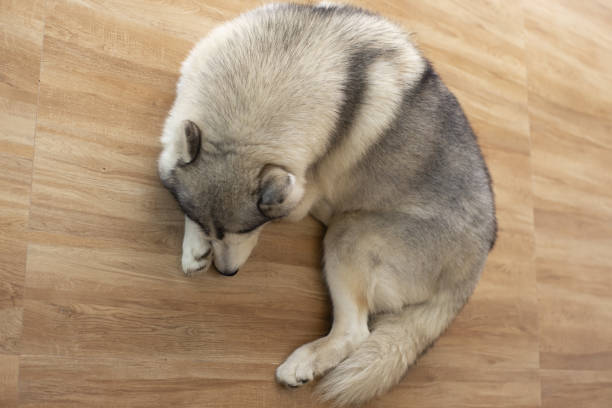Is the US Economy Going to Crash?
There are warning signs of an imminent economic downturn. The yield curve is inverted and interest rates are rising. Inflation is also on the rise. And the housing market is in trouble. All of these signs point to the likelihood of a crash. While the signs of a crash are far from certain, there is cause for alarm. Congress needs to act to tamp down these threats.
Inverted yield curve
If you are considering investing in fixed income, you may want to pay attention to the current inverted yield curve in the US economy. This phenomenon has historically been a reliable harbinger of future economic woes. It has foreshadowed six major recessions. Although it is not always accurate, understanding this economic indicator can help you plan your financial future.
An inverted yield curve is consistent with an economic cycle that has been hotter and shorter than normal. This year’s yield curve inverted twice, once in late March and another in late June. Since 1955, the U.S. yield curve has inverted before each recession. The recession generally follows within six to twenty-four months. According to a study by San Francisco Fed researchers, the U.S. yield curve inverted between one-year and 10-year yields just before each recession.
An inverted yield curve means that the interest rate on short-term loans is higher than that of longer-term loans. This is a warning sign of a recession, as investors believe that the long-term outlook for the economy is less favorable. A recent inversion of the yield curve in the US economy suggests that the economy may be headed for a recession.
The inverted yield curve affects many aspects of the US economy. For example, consumers are affected by the inverted yield curve in the same way as borrowers. For instance, people with adjustable-rate mortgages may be unable to afford their monthly payments because short-term interest rates are higher than long-term rates. This could lead consumers to opt for a fixed-rate mortgage instead. In addition, lines of credit are also affected. When people are paying back higher amounts of debt, their disposable income is reduced, which in turn weakens the economy as a whole.
The yield curve is a measure of the expectations of bond investors about the economy’s future direction. A steeper curve indicates stronger economic activity, higher inflation, and higher interest rates, while a flat one indicates a weaker economy. In the US economy, the yield curve serves as an important leading indicator. If the yield curve in the two-to-ten-year segment is inverted, it is a warning sign of a recession.
Rising interest rates
As inflation has increased over the past four decades, the Federal Reserve has increased interest rates in order to counter it. In this way, the Fed tries to control inflation without triggering a recession. However, these rate hikes have a cumulative impact that can have a much greater impact on the economy than most people think. This has put the average American in a tough financial situation. In addition, rising interest rates are putting a damper on the demand for goods.
While rising rates can cause an immediate and negative impact on the US economy, they also have indirect effects on developing countries. In the case of emerging markets (EMEs), higher rates can trigger capital outflows and tighten financial conditions. In addition, the rising rates can lead to financial crises in these countries. Fortunately, most EMEs have been able to weather the effects of rising interest rates, and have been experiencing only mild disruption.
Traditionally, interest rate increases are an important cause of recessions. Typically, recessions begin a few months or years after interest rates peak. A recession is characterized by slow growth, falling real output, and rising unemployment. As a result, the cost of borrowing becomes much higher. This means fewer consumers will spend and prices will fall.
The Federal Reserve recently raised interest rates by 0.75%. This is the fourth rate hike in a row and the sixth time this year. The Fed hopes that this move will slow the economy and prices. Interest rates are linked to loans made by banks.
Inflation
As we head into the second half of 2018, the United States economy is faced with mounting fears about recession and inflation. The Federal Reserve, the country’s central bank, has recently suggested it may need to take a tougher stance on inflation to avoid a recession. In July, the consumer price index (CPI) rose 6.3% year-over-year, while core PCE was up 4.6%. Both of these numbers are higher than expected.
While there are many concerns, there is no need to panic. Inflation is still low when compared to the early 1980s and many countries with similar problems. In addition, inflation is still driven by unusual categories. For example, goods inflation has accelerated more than services, and services inflation has been lower for the entire post-World War II period. However, there is some evidence that the economy could still hit a soft landing.
A recent rise in commodity prices and higher food prices are two signs that inflation is on the way up. The increase in the sub-component of shelter measures the implicit rise in housing prices for homeowners. Currently, housing prices are up by 27% from their prepandemic levels, while owners’ equivalent rent is up 5.2%. When the sub-component of shelter catches up to housing prices, the CPI is likely to rise, too.
Inflationary money creation is a systemic problem that causes a systemic dislocation. This happens because as more money is created from the external source, the interest rates must be suppressed. And the longer monetary inflation is sustained, the higher the systemic dislocation will be.
Unemployment
The Federal Reserve is increasing interest rates at a rapid pace in an attempt to slow inflation. This is causing the US economy to lose tens of thousands of jobs a month, according to Bank of America. Despite the uptick in job growth in September, some experts believe that the economy will soon begin to hit rock bottom. During the fourth quarter, the pace of job growth is expected to fall by half, according to the latest jobs report.
While it’s important to understand how the economy works, the United States isn’t immune to recessions. Almost eight in ten CEOs in the US believe that the country’s economy is headed for a recession in the next 12 months. Of the 1,300 CEOs surveyed, 73 percent said that the economic downturn is likely to disrupt the growth of their companies. In fact, nearly half of the CEOs said they had already imposed a hiring freeze and were considering reducing their employee base.
Despite these warnings, the unemployment rate remains steady. The September jobs report showed a stronger-than-expected 263,000 new jobs, and the unemployment rate dipped to 3.5%, which was tied for the lowest level since 1969. However, Gapen expects the unemployment rate to rise to 5% or 5.5% over the next year. Meanwhile, the Federal Reserve expects the unemployment rate to top out at 4.4% next year.
The current labour market is extremely tight. A record number of people are looking for work and there is a record number of open jobs. The tight labour market has been one of the driving factors behind the positive economic outlook. Businesses have been struggling to find workers and the Fed has continued to raise interest rates to balance the demand and supply of labor.



